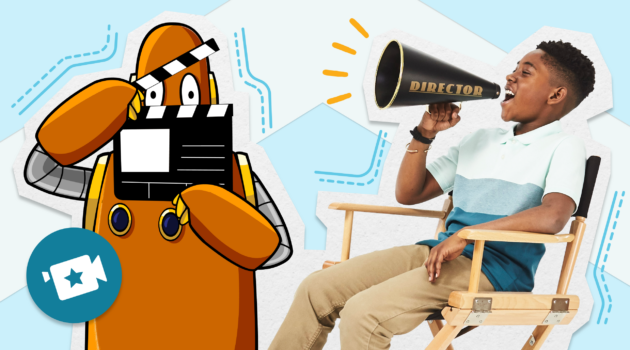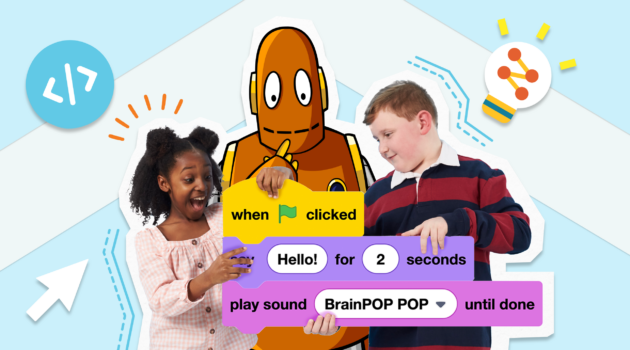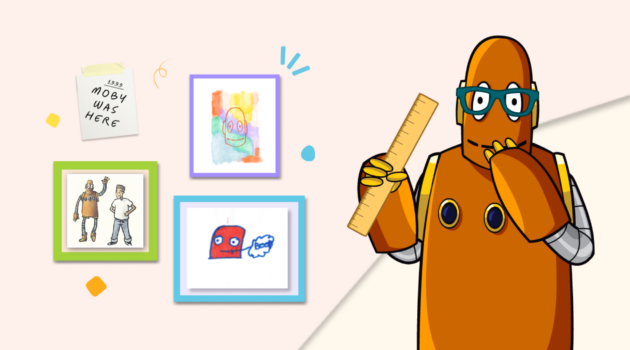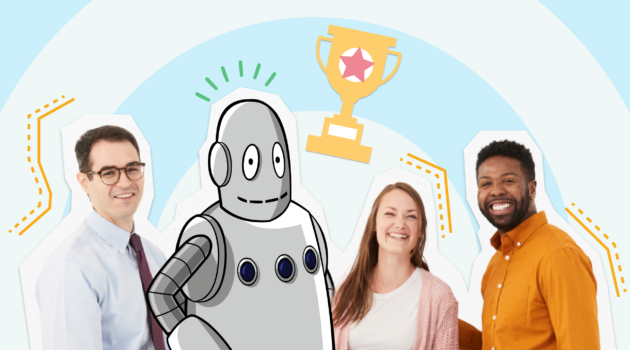Teacher Stories
Igniting Playful Learning and Encouraging Student Ownership
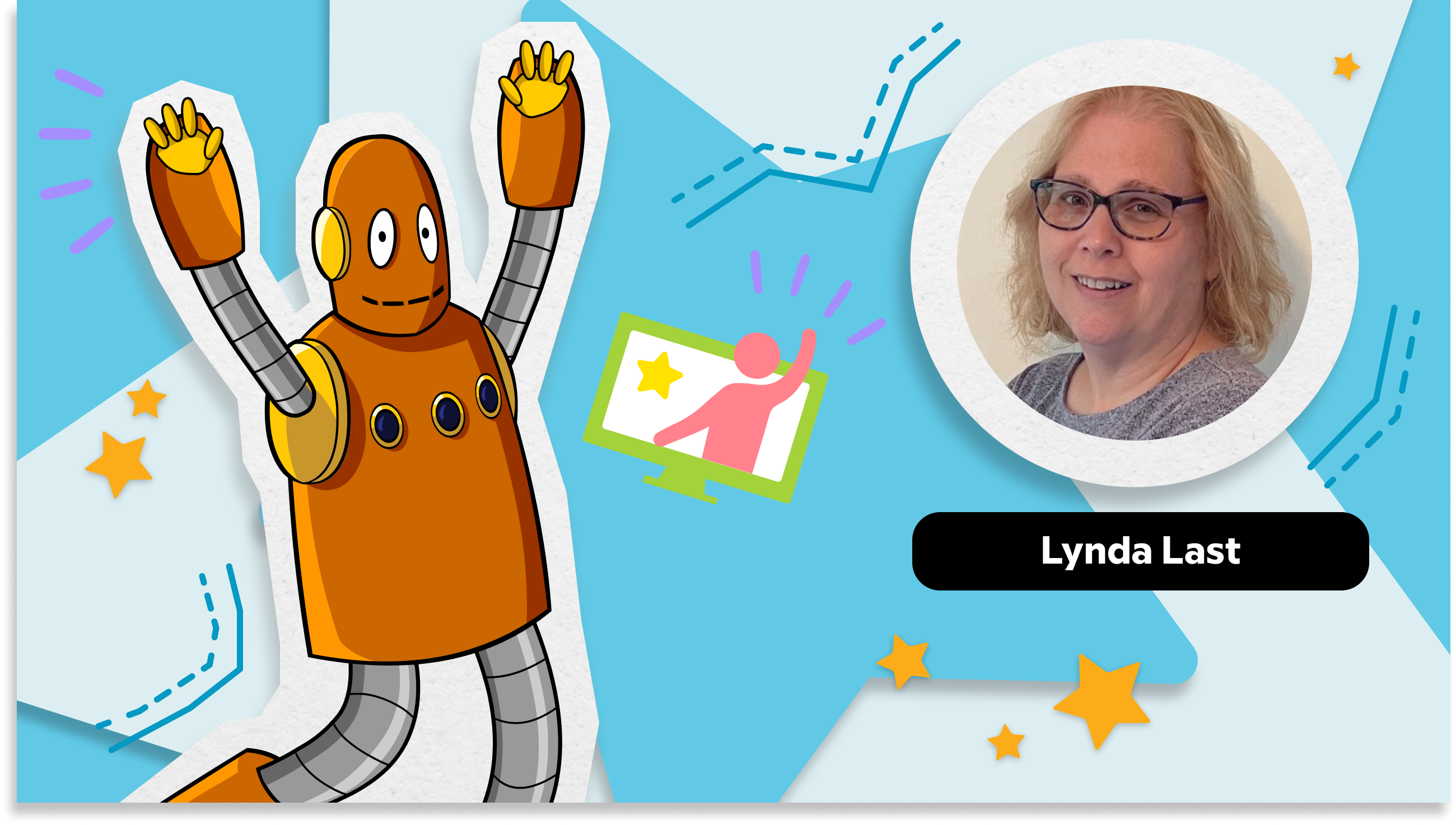
When the second graders at Mercaz Academy in Plainview, New York, began a unit on women’s history last March, their teachers debated how to narrow the focus enough to make it both manageable and engaging. There are so many impressive women throughout history, and teachers couldn’t possibly cover them all. That’s when Lynda Last, a Certified BrainPOP Educator and the school’s director of technology, stepped in to share teaching techniques she had successfully implemented when she taught fourth grade.
Last likes to give students the opportunity to put themselves in the teacher’s shoes and collaborate with their peers on projects that empower them to take ownership of their learning. The magic comes from a combination of play, active learning, and a lesson structure where students teach their peers what they learn. She set students up to begin using BrainPOP for research projects on Jane Goodall, Nellie Bly, and other historical figures they had never heard of. Students were engaged, and everyone had fun learning about the meaningful contributions of women in history.
Last has outlined clear, repeatable steps that any educator can use to give students agency and choice in their learning, regardless of the subject they’re studying.
Start with “Plearning”
“My BrainPOP classroom is a combination of play and learning—’plearning’!” she says. “Plearn” is a favorite term she learned at an educational conference years ago.
“When I tell students that they are going to make their own movies [with Make-A-Movie], they are so excited!” says Last. Once she assigns working groups, the first stage of the project is devoted to exploring a topic, which Last assigns, and digging into all of the tools available to them. They watch the related BrainPOP movies and continue researching and taking notes.
Take Turns as Drivers and Navigators
Last then asks students to combine all the information they have gathered to make a BrainPOP movie explaining their topic to the rest of the class. Within their groups, they rotate roles every 20 minutes so that everyone has a chance to be the driver (the person on the computer) and the navigator (the person telling the driver what to do). That way, everyone learns the tools and has a chance to own the creative process.
They also learn collaboration, note taking, reading and listening skills, and gain practice summarizing important facts. “The students take so much pride in their projects and taking control of their learning,” says Last. “They have a sense of, ‘Wow! I can do this!’” It all comes together when students share their explainer movies to show what they know. As the experts, they enthusiastically present to the class and answer questions. The kids are so excited by what they have accomplished. “They are glowing,” she says.
“The students take so much pride in their projects and taking control of their learning,” says Last. “They have a sense of, ‘Wow! I can do this!’”
Let Students Be the Teachers
Teachers see how much students understand when they teach the material back to them. “Whenever I ask students to teach something to me or their peers, I get no resistance.” The same approach can work with any topic. When she gives students a worksheet with five math problems, they will moan and groan. When she asks them to explain how to solve the same five math problems using BrainPOP, they spend hours creating and ask for more problems when they are done. “Students learn so much more by doing… and they remember the content better,” says Last. Other hands-on learning activities in BrainPOP, beyond Make-a-Movie, include coding a museum, story, game, or other project with Creative Coding, which embeds opportunities for block-based coding (Scratch) and text-based coding (Vidcode).
If a student is struggling with a topic and says they “don’t get it,” Last gently encourages them by saying, “You don’t get it YET.” She’ll have them rewatch the movie or engage with the content in a different way—write about it, talk it out, draw it, or act it out. All that matters to Last is that students show their understanding in a manner that works best for their learning style and abilities. She will often ask students to record themselves explaining a topic, and they are usually so excited to share what they’ve figured out.
Continue to Grow as a Teacher
To get the most out of your learning tools, Last recommends that teachers take the time to “plearn” as well. Open your devices and programs and play around, push buttons, and explore. Use them as though you were a student, and experiment the way you wish they would. Last suggests the BrainPOP 101 (below) course to teachers looking for extra guidance. She is currently enhancing her own professional development with more in-depth learning about digital citizenship to pass along to her students, robotics for an upcoming competition, and broadcast production for a new “morning news report” that her sixth-grade students are creating.
Admittedly, there are new tools and equipment that she still needs to figure out. Following her own approach, she says, “The students will take ownership, do most of the work, and teach me!”
Karen Kane is an editorial, marketing, and communications professional celebrating meaningful print, digital, and real-world experiences for kids, parents, caregivers, and educators.


